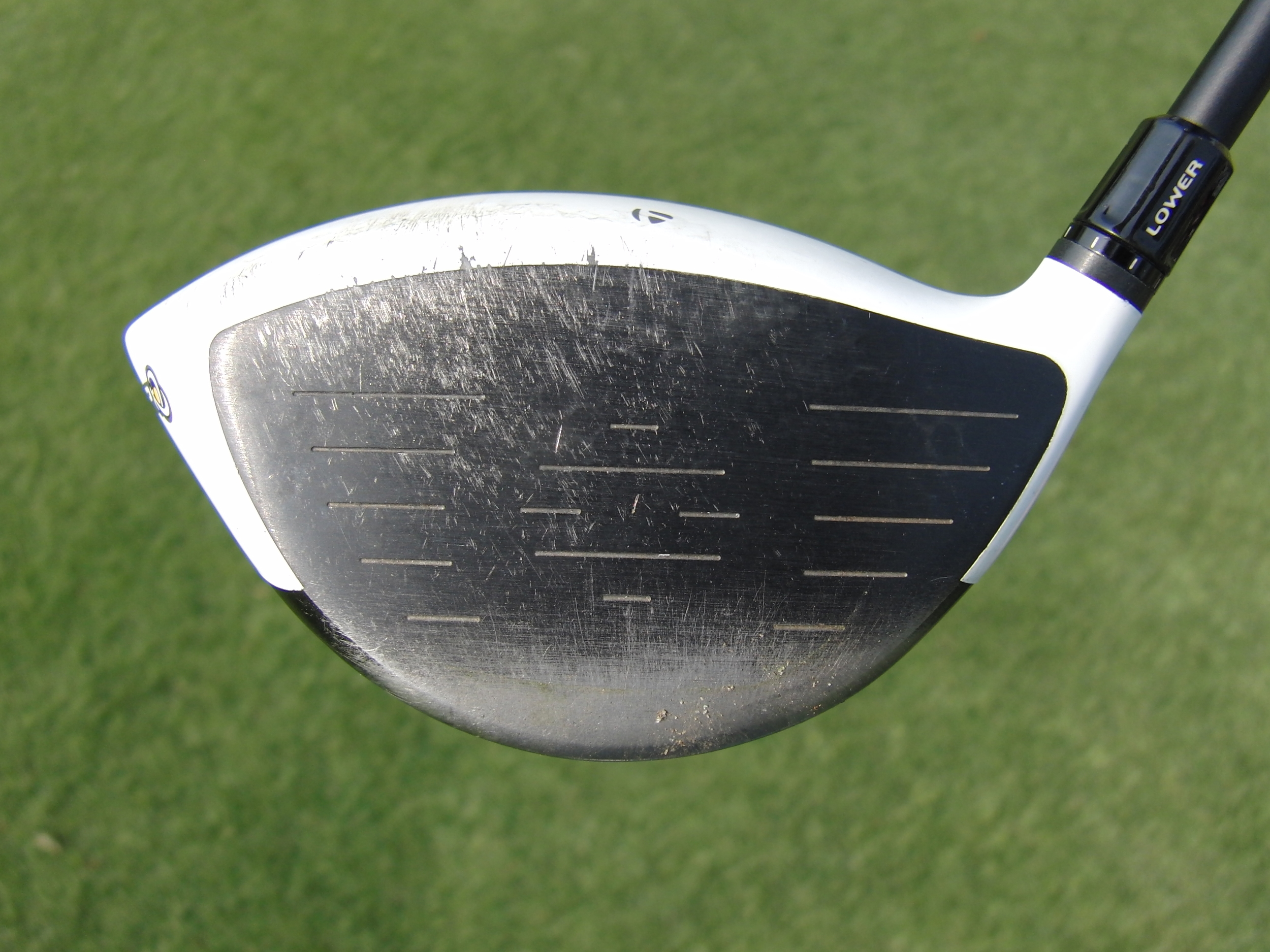How to Practice: 2. SKILL
/Boys are typically much better chippers than girls! And it's not because they're more creative or the fact that they're stronger physically which allows them to hit a broader variety of shots. It's because they love to practice 'dumb' and crazy shots! Boys continually strive to outdo one another and I believe it's via this innate behavior that they learn to hit those amazing and skillful shots around the green. Ever seen a female trick shot artist? Hmmm...
My approach to developing skill is that we take this 'outside the lines' approach to practicing the shortgame and apply it to every element of golf. From driving to putting we can develop our skill and our ability to control the golf ball by spending time purposefully hitting 'abnormal' golf shots. Watch...
When practicing to develop your skill challenge yourself to become better at intentionally controlling the following elements of a golf shots:
- Distance
- Launch direction
- Peak height
- Curvature of the ball flight
- Where you strike the ball on the face
When practicing 'outside the lines' change your intent after every second shot. Use a variety of clubs, targets and lies. Keep in mind it's really easy and fun to practice these elements when you have a TrackMan, but they are entirely doable without any technology. Here are a few ideas:
The 3 Ball Strike Point Challenge
This drill is great fun for golfers of all abilities and ages. All you need is a can of Dr. Scholl's Odor X foot spray. I firmly believe we become better at completing any task when we learn to complete it a variety of different ways. Shot 1 is outside the vertical line, shot 2 inside it and shot 3 is on the line.
The Spin Axis Challenge
When taking on this challenge you want to use a 6 iron and try to hit the biggest hook or slice possible for your opening shot. From there the objective is to progressively reduce the amount of curvature until you get to a straight shot. If you can get 9 shots, as in the example above, you're doing very well.
When practicing to develop skill I cannot encourage you enough be creative, have fun and think outside the box. You can even hit one-handed or one-legged shots! Close your eyes, change your grip, hit it out of divots - anything goes. Come up with your very own, out of the ordinary practice session. Now get out there and start spending some time practicing like a teenage boy...
Here is the first article in my series on how to practice:




































